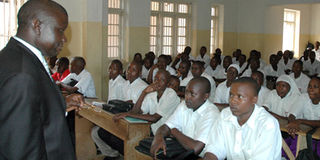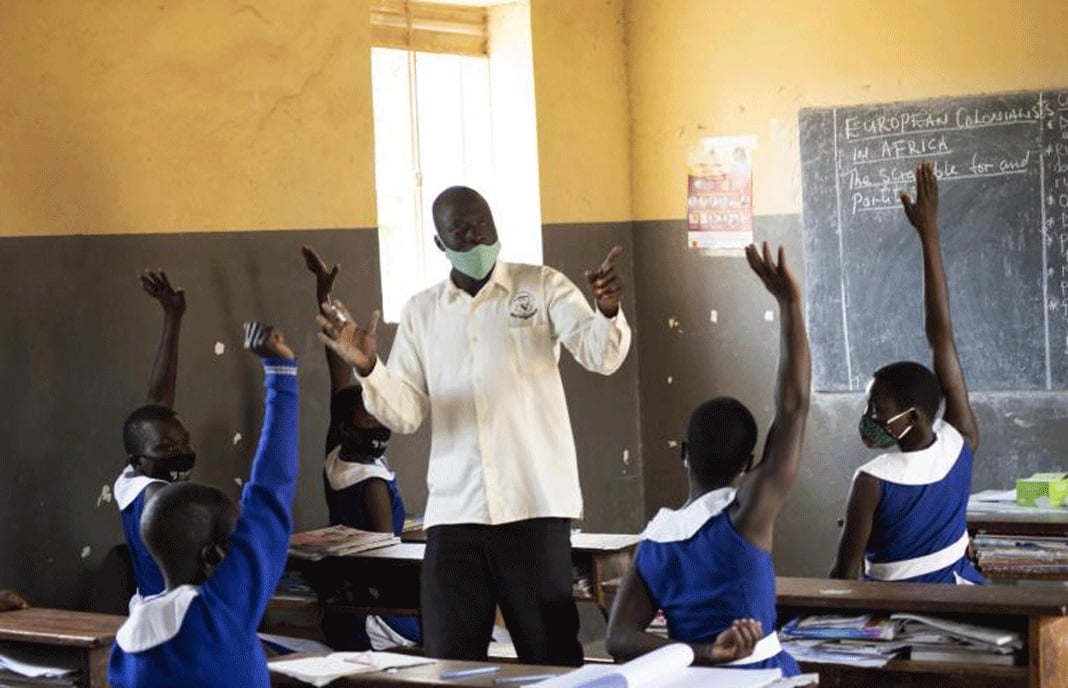Prime
Solve old bottlenecks before recruiting teachers

CONGESTED: Kololo High School head teacher Hajji Ibrahim Lule addressing 80 Universal Secondary Education students who turned up as soon as the government allocated over 600 USE students to his school. USE schools are congested. PHOTO by Geoffrey Sseruyange.
What you need to know:
- The issue: Education system
- Our view: As we consider adding to the existing number of teachers and schools, how far have we gone with solving existing problems in education?
On Monday this week, the State Minister for Primary Education, Ms Joyce Kaducu revealed plans by the government to recruit 78,888 primary school teachers in a bid to reduce teacher pupil ratio. Currently, the country has 12, 433 Universal Primary Education schools, with 136, 819 teachers in them.
As of January 2020, the Ministry of Education enrollment per local government showed a total of 7.6m learners, putting the teacher pupil ratio at roughly 1:55. Going by global figures and acceptable standards, this is not an ideal situation for our teachers or learners.
While it is commendable that the government, through the ministry of Education, is coming up with initiatives to address the situation, we should look beyond just taking some action but aim for calculated changes to improve the teaching and learning under Universal Primary and Secondary education.
In addition to the planned recruitment of 78,000 teachers, the government also revealed plans to establish a UPE school in each of the 1617 parishes/wards that do not have them and alongside that, a USE school in each of the 350 sub counties that currently do not have one.
These are all noble objectives on the face of it. However, perhaps the Government needs to address a few other bottlenecks and not look at recruitment as an end in itself.
A month ago, this newspaper reported that the government had interviewed and recruited 4000 teachers in 2022 but failed to deploy at least 2500 of them due to funding gaps. With such a background, the Ministry has announced a new initiative without making clear what steps have been taken to address the shortages that existed only a month ago.
If we cannot deploy 2000, how can we deploy 78,000 new recruits in the teaching space? Deploying teachers involves not only making funds available for their wages but also ensuring favourable conditions to sustain an increase in teacher numbers by more than half. All this is being considered at the same time as the government starts a process of phasing out 23 teacher colleges.
New proposals should sit in a framework that realistically considers and factors in old bottlenecks and provides solutions with the whole picture in mind.
School infrastructure in existing schools has been shown to be wanting in many cases. Teachers and pupils alike still struggle to get to school every day, scaling treacherous mountainsides and navigating broken roads and bridges.
As we consider adding to the existing number of teachers and schools, how far have we gone with solving existing problems in education?




